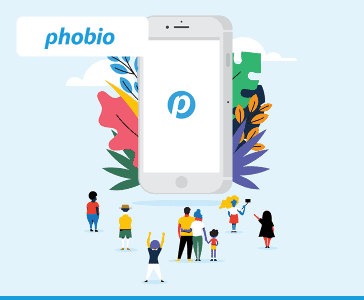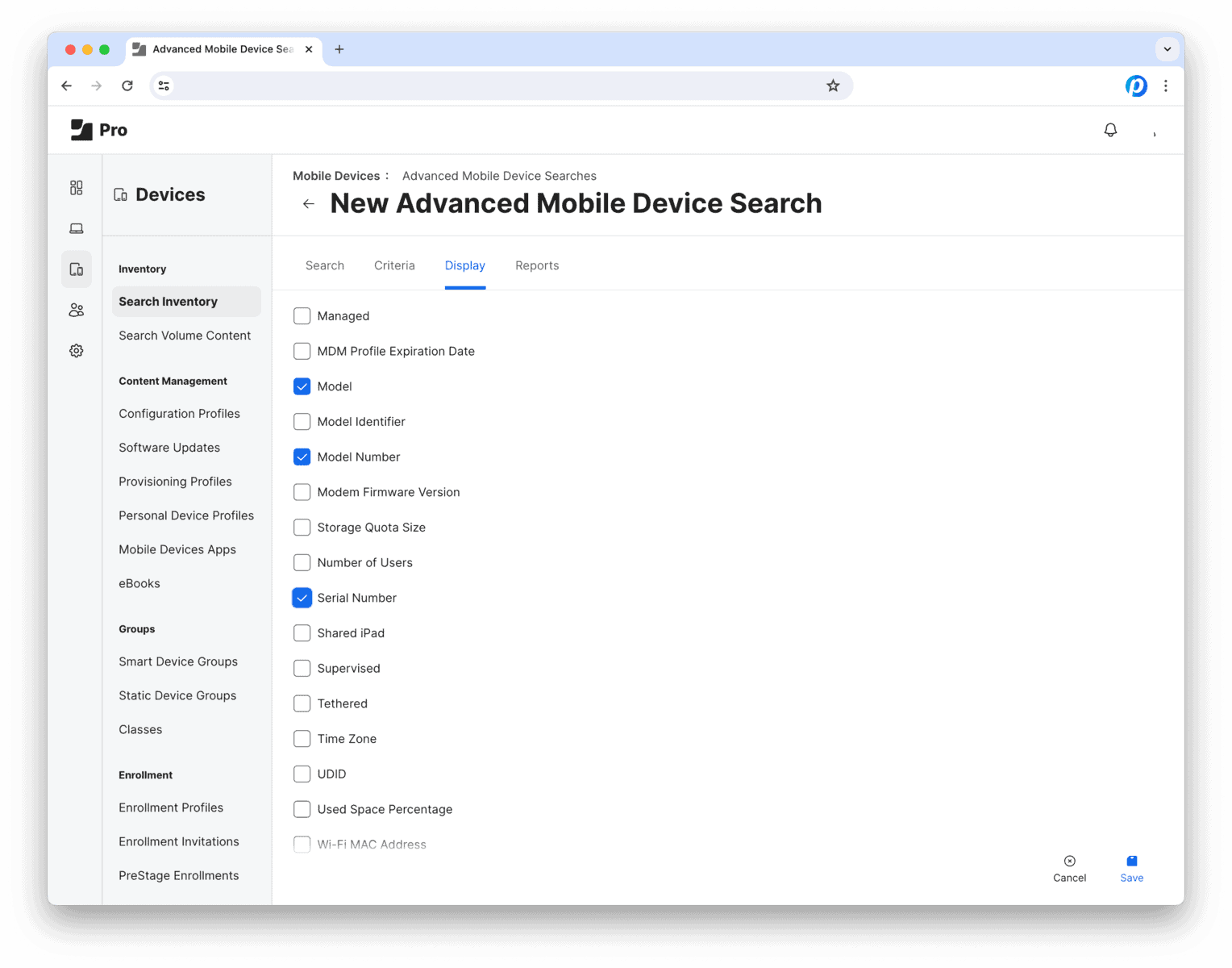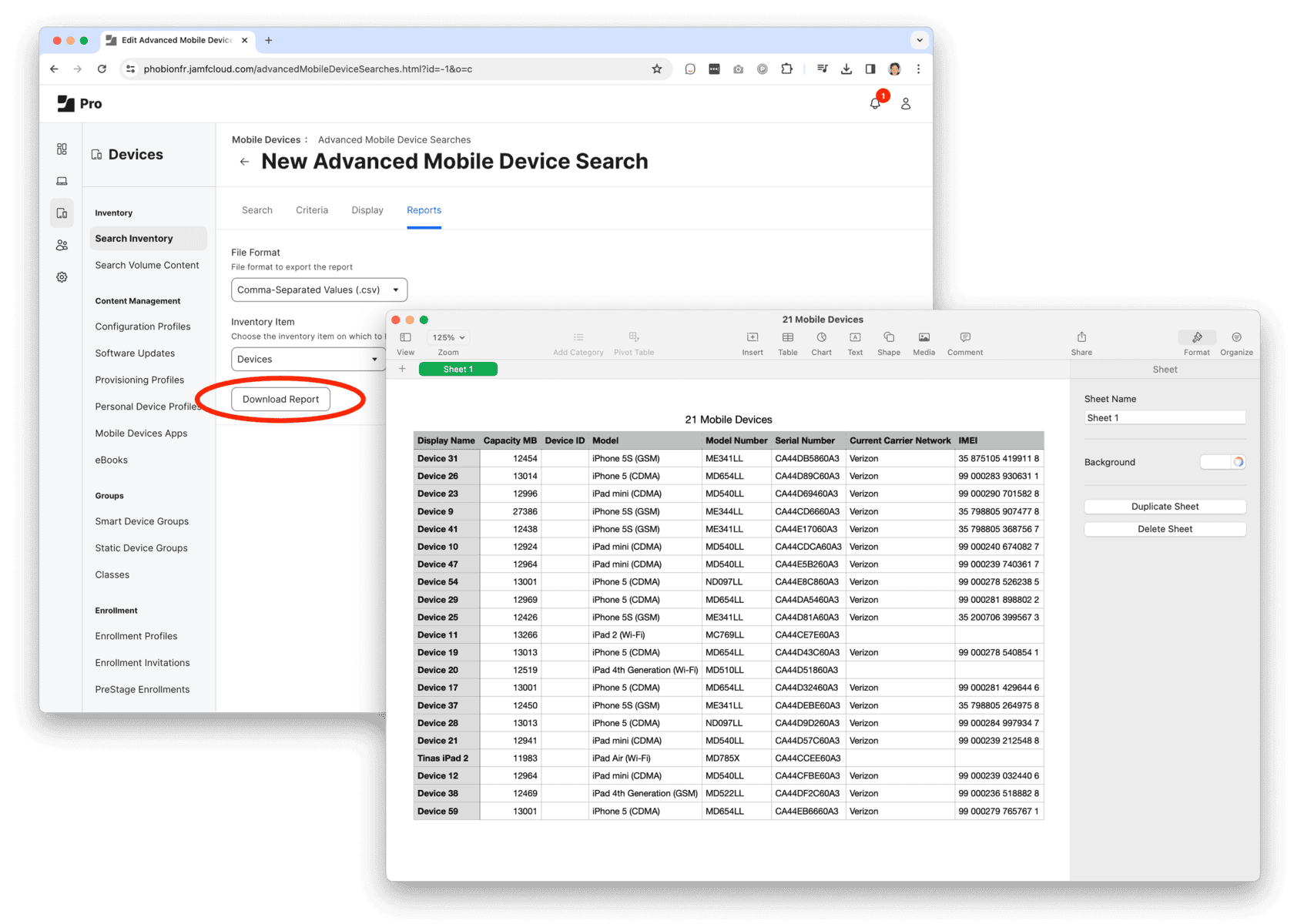There are over 2.3 billion smartphone users worldwide – a number that’s expected to grow nearly 25 percent by 2020. With that many users and devices out in the wild, what happens to the typical phone over the course of its lifecycle? Phobio’s research has found that consumers in the U.S. and Canada typically hold onto their phones for about two years, while others are trading-in their old devices for cash. Additionally, the secondhand smartphone market is booming and device recycling is protecting the environment from potentially hazardous materials.
Let’s dive in deeper.
Though mobile users typically want to upgrade their phones every 24 months, the rising cost of a new phone is daunting. On average, the global smartphone price is $363. Newly released smartphone models, however, can be twice the price. The iPhone X, for example, is priced at $999 for the 64GB model and $1,149 for the 256GB model. It’s no surprise that consumers are increasingly turning to trade-in programs to put cash back into their pockets and reduce the cost of a new device. Retailers are particularly fond of device buyback programs as they incentivize consumers to spend more money not only on devices, but also the latest accessories. As a win-win for both consumers and retailers, the volume of device trade-ins has grown substantially over the past five years.
Our device buyback program, SafeTrade, is a flexible, omni-channel trade-in platform for retailers that revolutionizes the way consumers and businesses upgrade to the latest technology. As a channel-agnostic trade-in experience, SafeTrade allows customers to upgrade in-store, online, or begin a trade in one channel and complete it in another. SafeTrade increases customer spending power with the most competitive, transparent device pricing in the industry.
Since 2010, we’ve watched the lifecycle of devices and trade-ins evolve firsthand. Recently, we’ve studied the total number of device trade-ins over the past five years and found that trade-ins have increased by about 27 percent. In 2017, 62.3 percent of devices traded-in were iOS devices and 37.7 percent were Android devices.
Trade & Disposition
When it comes to damaged devices, the majority of consumers are unsure if a cracked screen or a dead battery will disqualify their device for trade-in. Luckily, we accept devices in working and damaged conditions, and guarantee the most value back for both.
In 2017, we received 574,023 devices in working condition and consumers received an average trade-in price of $99. The number of damaged devices we’ve received totaled 475,245 and the average trade-in price was $70. Over the past five years, the average trade-in price for damaged devices increased by 81 percent.
Out of all the damaged devices we’ve accepted thus far, 50 percent had cracked screens, 25 percent had water damage and 25 percent didn’t power on. Despite these blemishes, consumers received cash back for their trade-ins and contributed to a sustainable future by preventing their devices from being tossed in a landfill. The global market for refurbished smartphones grew 13 percent YoY in 2017, reaching close to 140 million units. Around the world, the average phone is resold up to three times during its lifecycle before it’s recycled.
Device Recycling
According to the Environmental Protection Agency, as many as 130 million mobile devices are discarded each year and e-waste in the U.S. is growing at an annual rate of eight percent. By recycling, refurbishing, and reusing old devices, less devices end up in hazardous landfills. According to the Environmental Protection Agency, recycling 100 million smartphones can even save around 2KW of energy.
Here at Phobio, we work with e-waste recyclers who know exactly how to handle a used device and ensure that its hazardous chemicals are properly disposed. In 2017, 2,531 tons of raw materials including gold, silver, copper and palladium were kept out of landfills globally, valued at $338,891,804. As a result of trade-ins and device recycling, the refurbished mobile phone market is growing quickly. The number of refurbished smartphone sales is expected to grow to 222.6 million by 2020.
Overall, with billions of smartphones being used every day around the world, we all play a major part in extending the lifecycle of a smartphone and discarding of it responsibly through trade-in or a recycling program. Our device buyback platform, SafeTrade, revolutionizes the way consumers upgrade to the latest technology while protecting the environment and growing the secondhand market. Phobio continues to extend the lifecycle of smartphones by refurbishing and recycling old devices and providing customers with the most competitive pricing in the industry.









